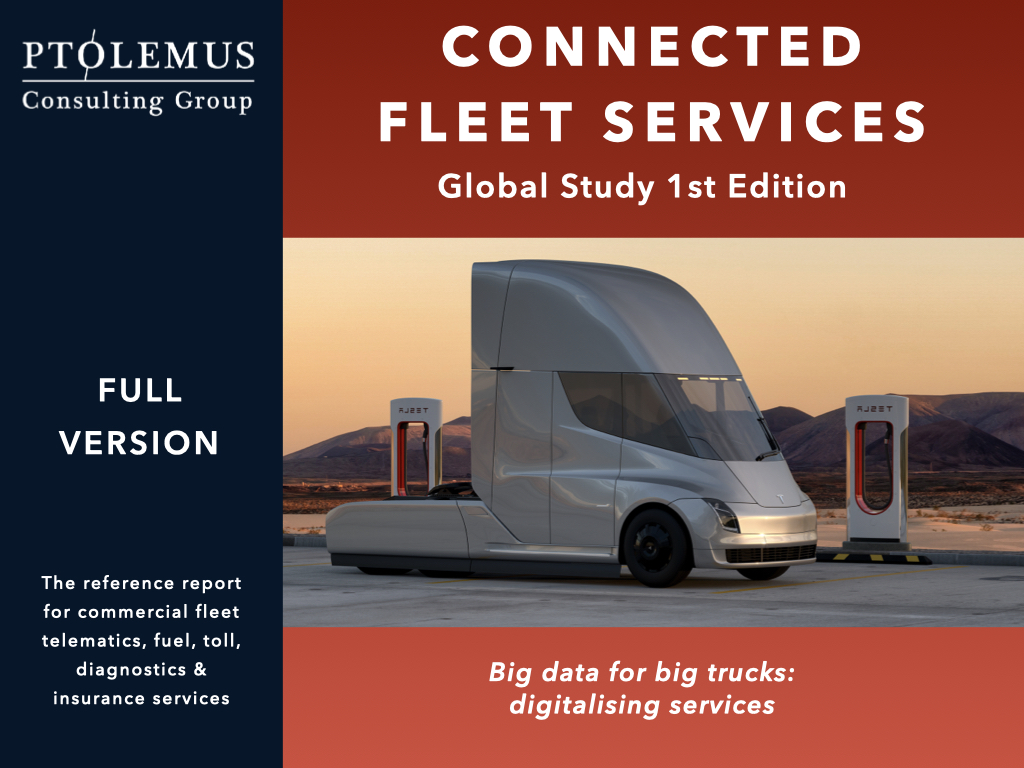Car makers should not be worried by Tesla’s Master Plan, Part Deux
Tesla has innovated in a number of highly impressive ways and demonstrated its ability to be one step ahead of established car manufacturers, particularly in terms of how it markets and sells its vehicles. That said, Master Plan, Part Deux, published yesterday by founder Elon Musk, arguably highlights the ways in which Tesla has fallen behind the curve and will begin to struggle to compete against the more established OEMs. As we explore in our Connected Mobility Global Forecast, its move towards car sharing is unlikely to disrupt the market. Indeed even if all Teslas on the road today were suddenly added to the sharing fleet, the impact would be minimal.
Tesla undoubtedly has some of the most advanced and sophisticated autonomous vehicle technology on the market. Nonetheless, it is not alone in this race and cannot expect to maintain its lead for much longer. BMW expects to have fully automated cars in production by 2021, for example, and almost all other OEMs have put autonomy at the heart of their future business strategy. Many have already released concept cars and have been highly active in terms of building the partnerships which will be required to deliver the technology. They also have access to a much larger pool of vehicle and user data through embedded systems such as OnStar, ConnectedDrive, Sync and Sensus Connect. Many have leasing arms, such as BMW’s Alphabet, which can also deliver fleet learning. Tesla has also failed to solve the problem of insurance liability, which is a concept we have explored in our Usage Based Insurance Global Study.
The concept of a grand Tesla shared fleet is an interesting one as it promises to blend the business model of both B2C operators, such as DriveNow and the peer-to-peer (P2P) apps such as Drivy and Getaround. But it is hardly revolutionary. It is simply putting a name to a concept that a lot of other OEMs have been exploring for some time now and it cannot hope to match the scale of existing sharing platforms already on the market from the likes of Daimler, BMW, GM and Ford. Daimler’s Car2Go has already registered more than 1.9 million users and successfully launched in China, Europe and the US. Both GM and BMW have begun integrating car sharing functionality into new models, which can be activated and controlled by OnStar and ConnectedDrive respectively. BMW has made great strides forward with its B2C car sharing offering, DriveNow (known as ReachNow in the US), which represents the third largest sharing scheme in the world and by far the largest within Germany.
Ford has also been trialling a marketing concept we have termed as “buy to share”, whereby dealerships actively encourage private consumers to share their vehicles once purchased as a means of reducing their monthly payments. Expect others to quickly follow this lead.
By placing such a significant emphasis on car sharing, Tesla are making a big bet on car sharing as a core future mobility service, in the same way they made a big bet on electric vehicles at their inception. However, they will find it hard to compete with the more established OEMs, as well as well-funded P2P platforms such as Drivy, who have been in the game for much longer and have demonstrated that they are playing it well.

